Guam’s Villages
AGANA HEIGHTS
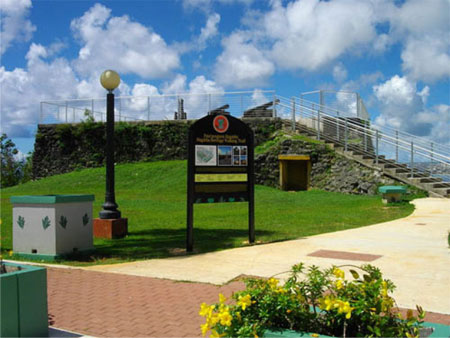
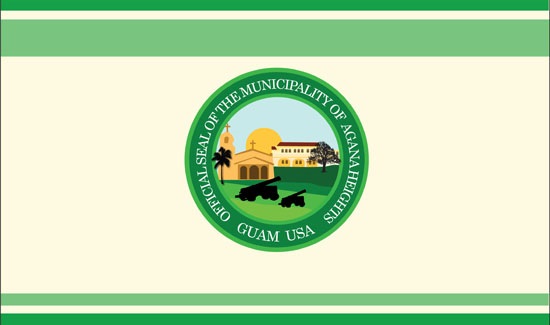
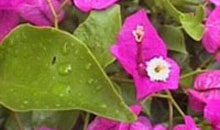
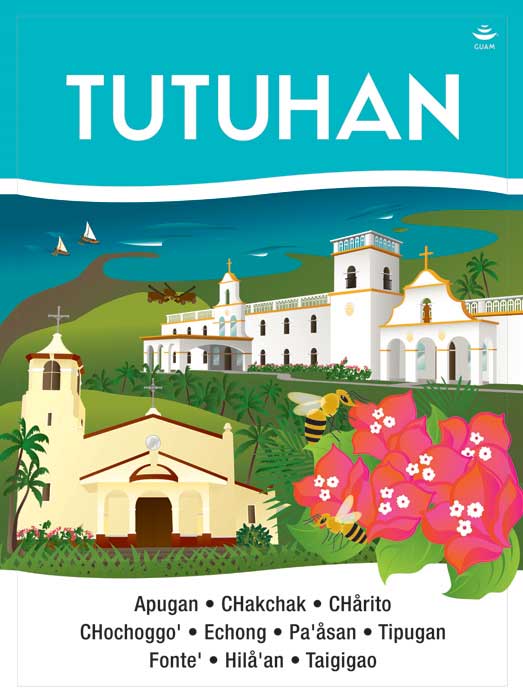
AGANA HEIGHTS
Street Address:
184 Chalan Macajna
ASAN-MAINA

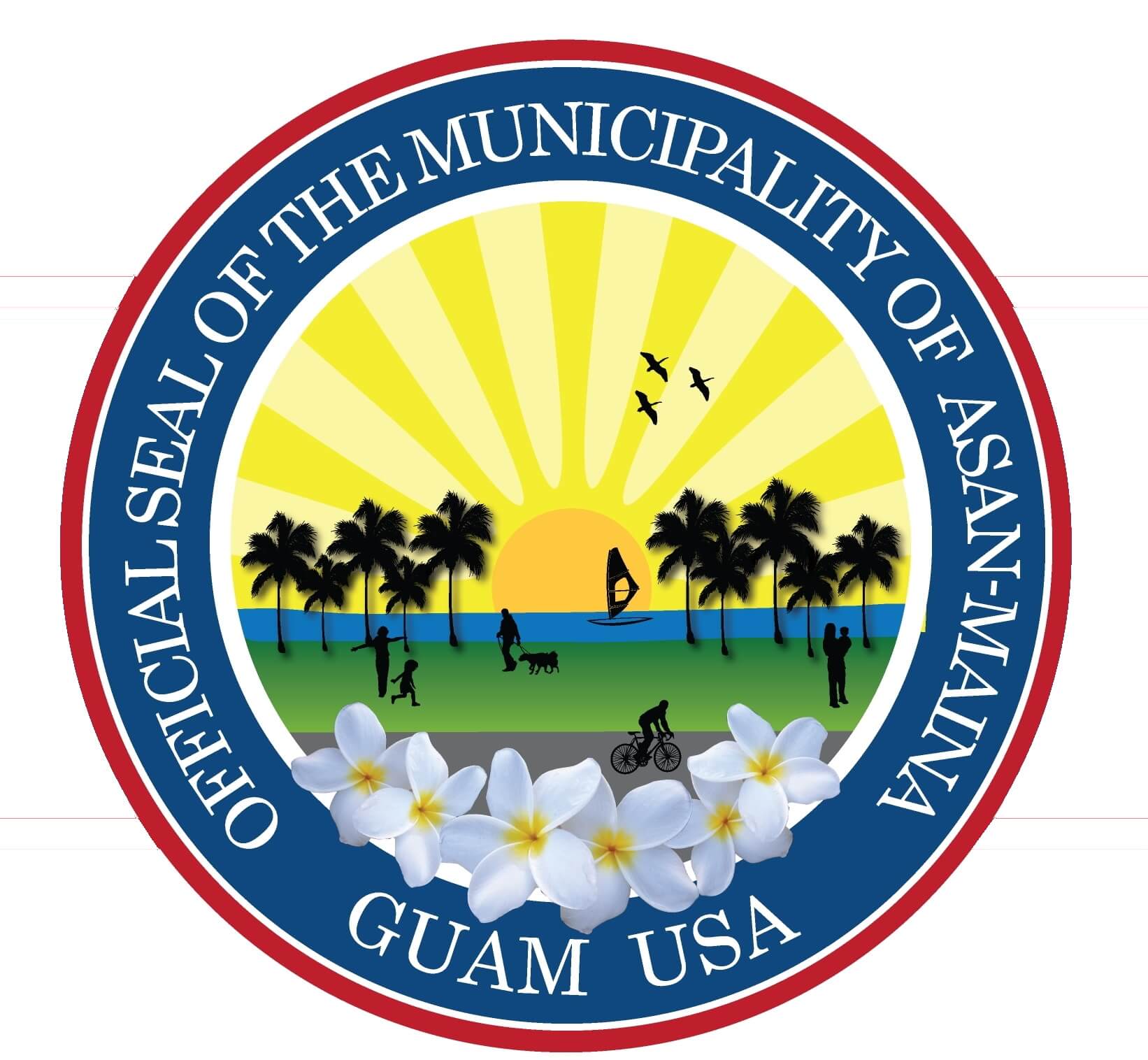
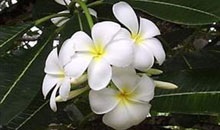
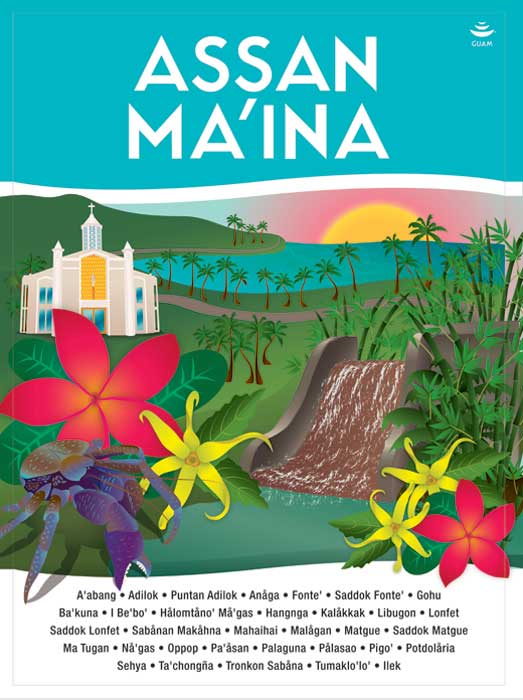
ASAN-MAINA
Street Address:
141 Nino Perdido Drive, Asan
BARRIGADA
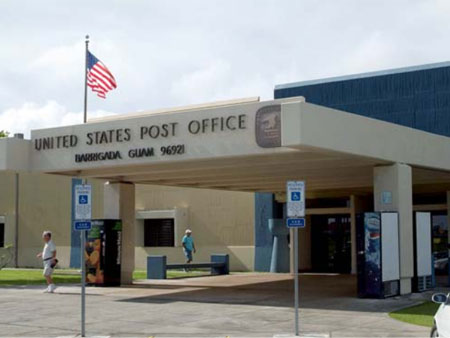
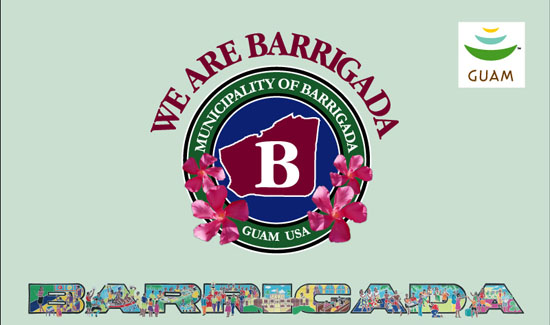
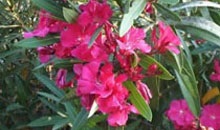
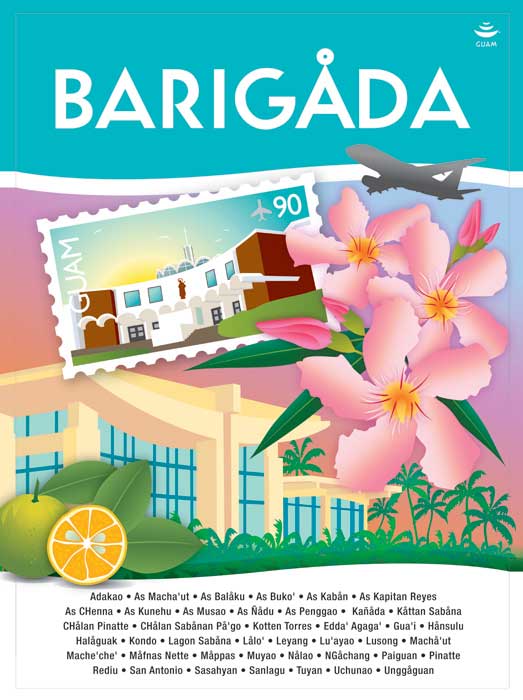
BARRIGADA
The village of Barrigada is located in the northeastern part of the island. It is part of the Kattan (Eastern) District. Barrigada owes its name to a Chamorro legend. When the god Puntan was about to die, he instructed his sister Funa how to dispose of his body. He said that his eyes were to become the sun and the moon; his eyebrows, the rainbow; his breast, the sky and his back, the earth. Barrigada means, “flank.” Looking down from atop Mt. Santa Rosa, the island resembles a man lying on his back with his flank being the most noticeable.
Street Address:
124 Luayao Lane
CHALAN PAGO-ORDOT

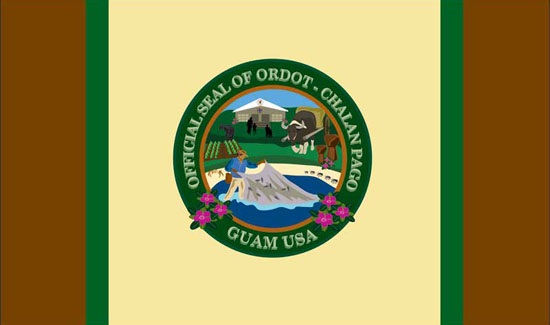
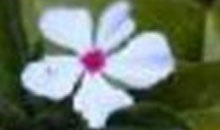
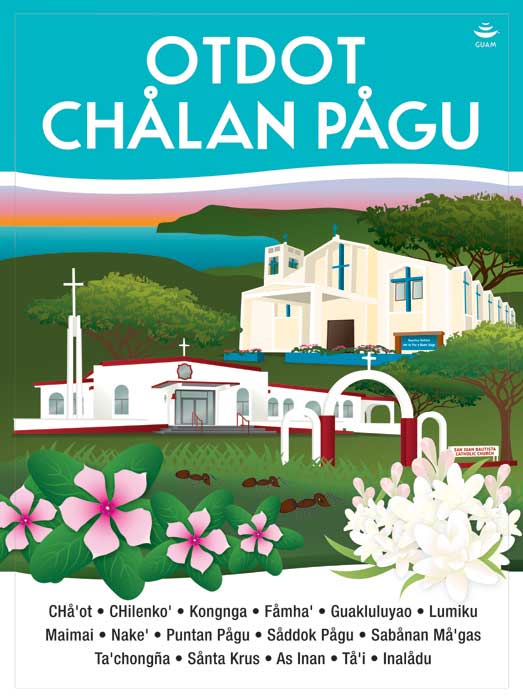
CHALAN PAGO-ORDOT
Chalan Pago-Ordot village is located in the eastern-central part of the island. It is part of the Kattan (Eastern) District. The word “chalan” makes up the first part of this village name. “Chalan” means road or street and in olden days, paths or trails. The word “pago” makes up the second part of this village name. “Pago” is the wild hibiscus tree that grows in abundance in this area. “Ordot” means ants. Both ants and hibiscus trees can be found in abundance throughout this beautiful village.
Street Address:
160 Chalan Huego,
Chalan Pago, Guam 96910
DEDEDO
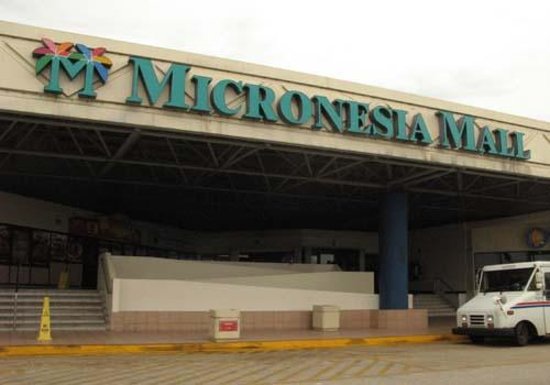
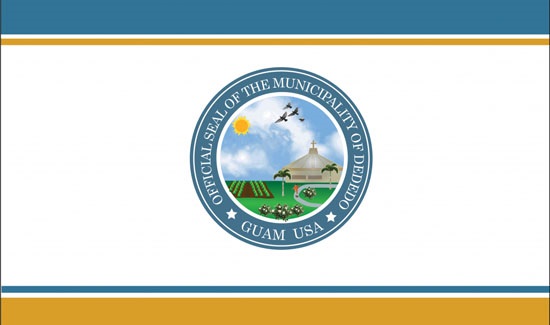
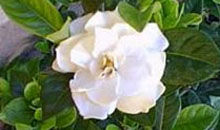
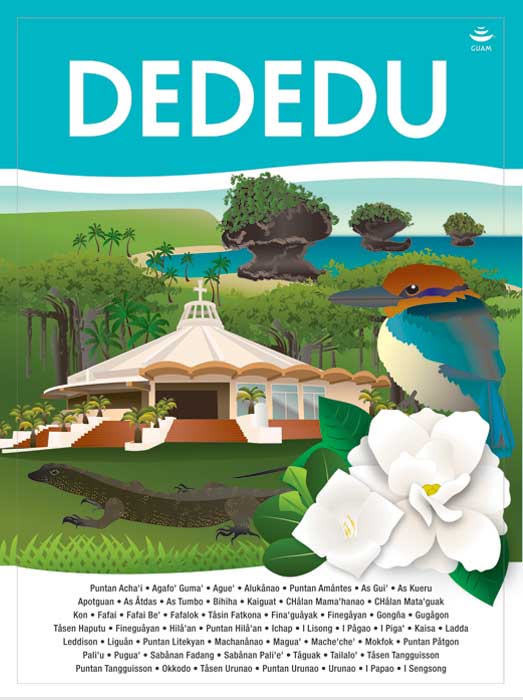
DEDEDO
Dededo is located at the north central part of the island where most of the population on Guam presently centers. It encompasses an area of about 30 square miles of Guam’s 212 miles. The word Dededo comes from a system of measurement using the fingers in which each finger signifying an inch. So as one measures “one inch, two inches, three inches” the name Dededo was derived the measurement of two fingers indicating two inches. There is another word that could possibly give this village its name. The word “dedeggo” means a person who walks on tiptoes so as not to wake up those who are sleeping. It is not clear whether Dededo got its name because someone long ago measured the place with his/her fingers or the people habitually walked on tiptoes.
Street Address:
335 Iglesias Circle
HÅGAT

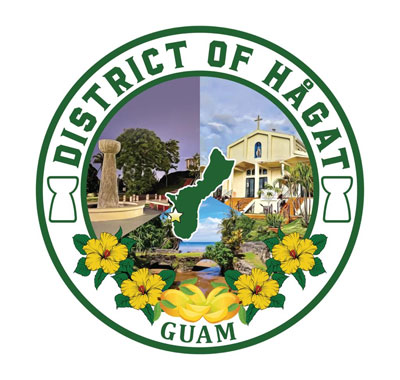
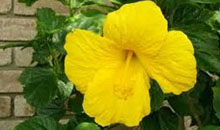
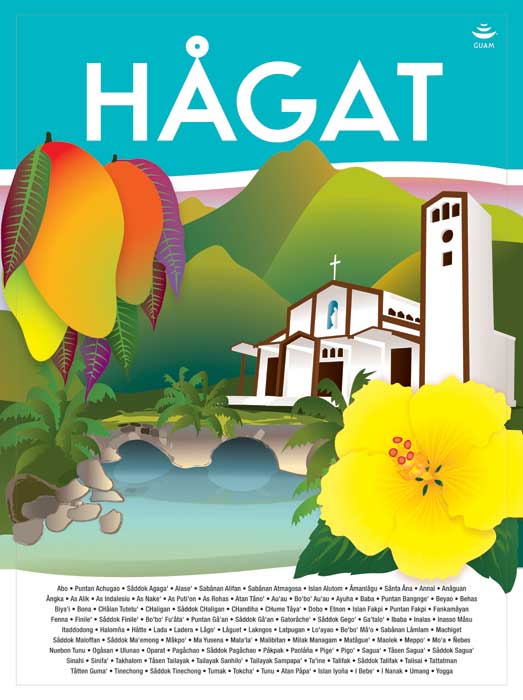
HÅGAT
Street Address:
393 Route 2
HAGÅTÑA
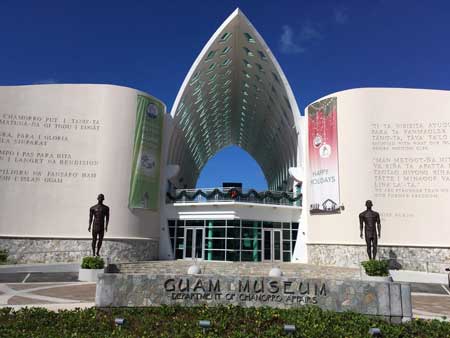
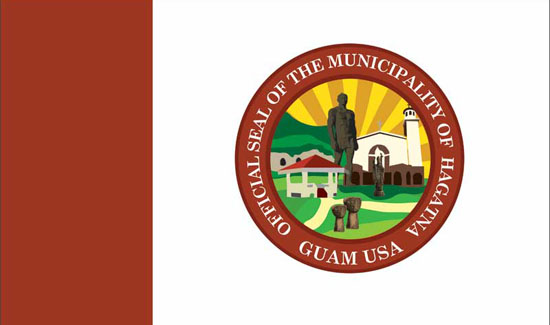
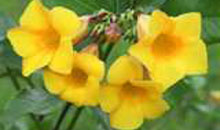
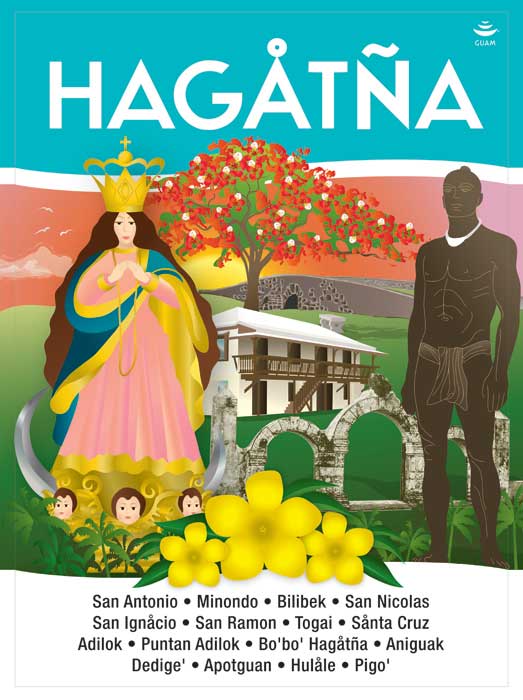
HAGÅTÑA
Street Address:
236 East O’Brien Drive
HUMÅTAK
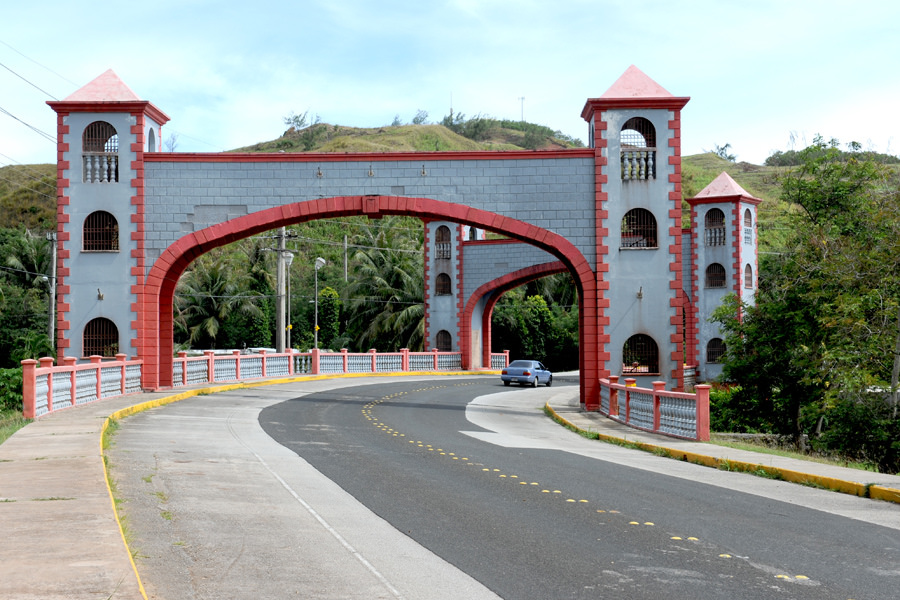
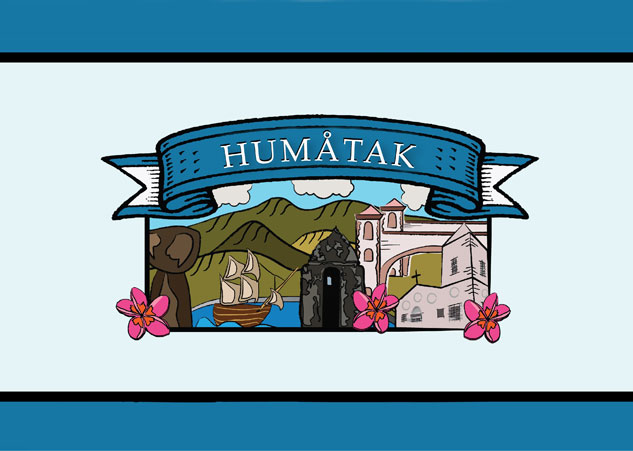
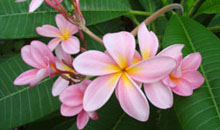
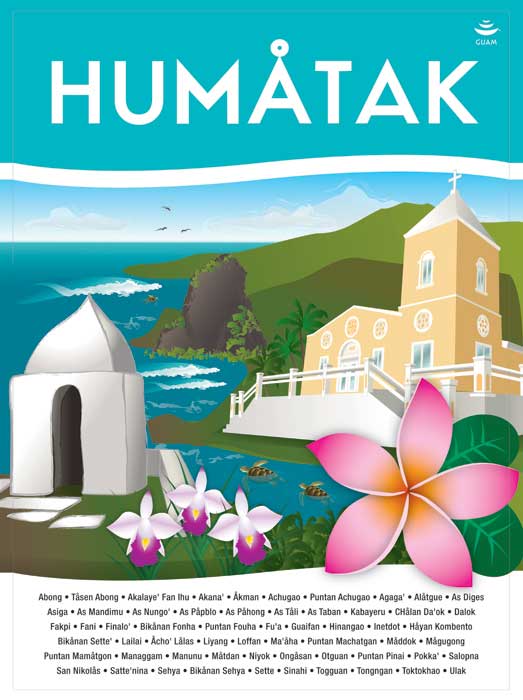
HUMÅTAK
Street Address:
159 San Dionisio Street
INALÅHAN

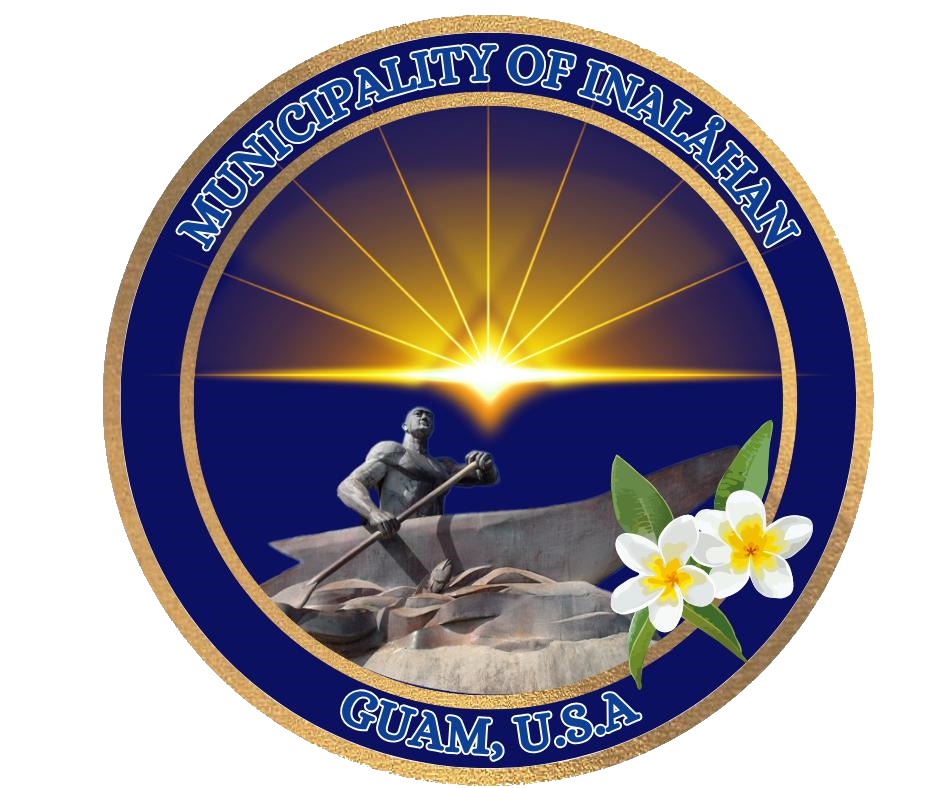
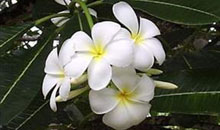
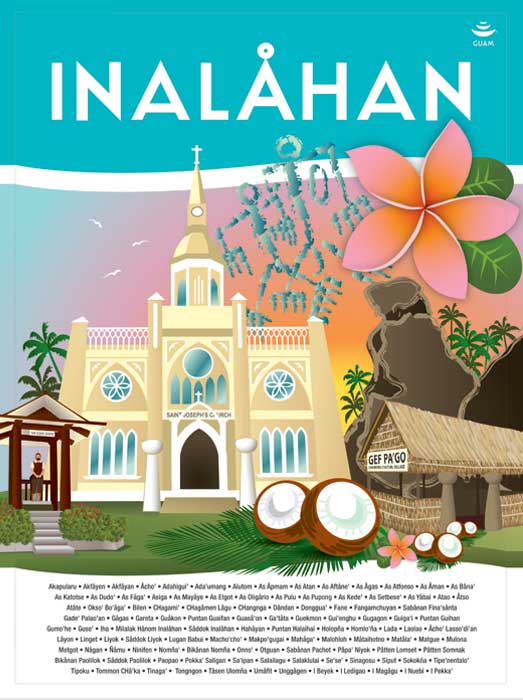
INALÅHAN
Street Address:
719-C San Jose Avenue
MALESSO’
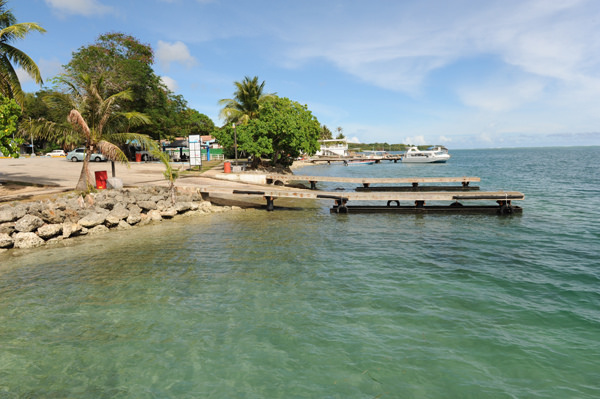
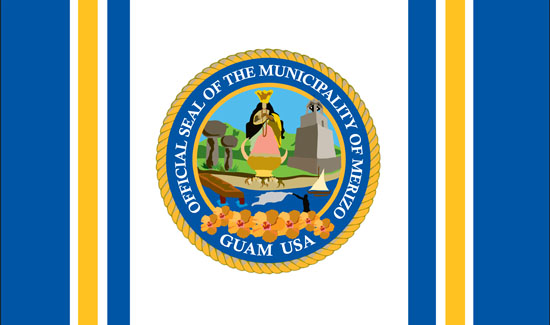
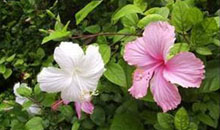
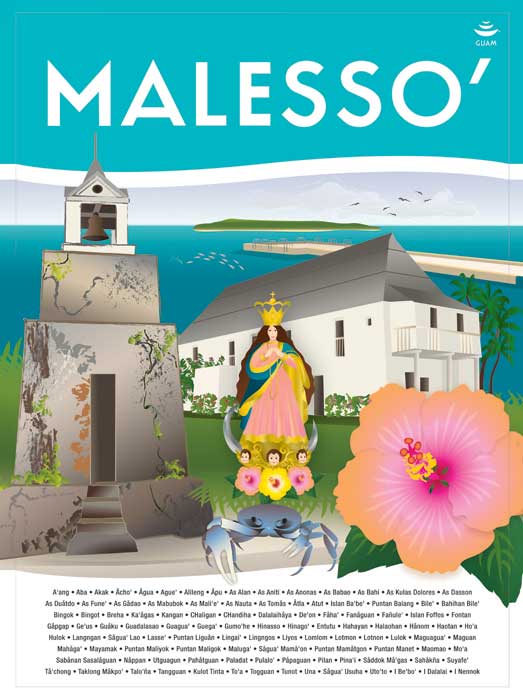
MALESSO’
Street Address:
440 Joseph A. Cruz Street
MANGILAO

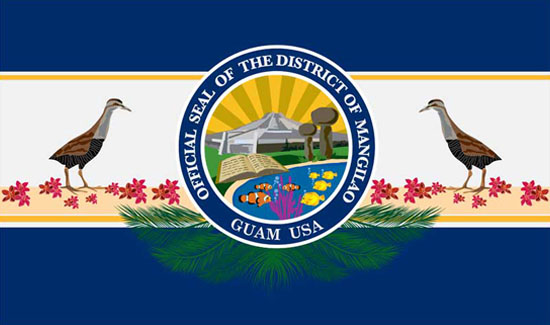
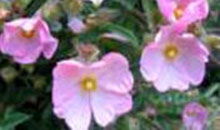
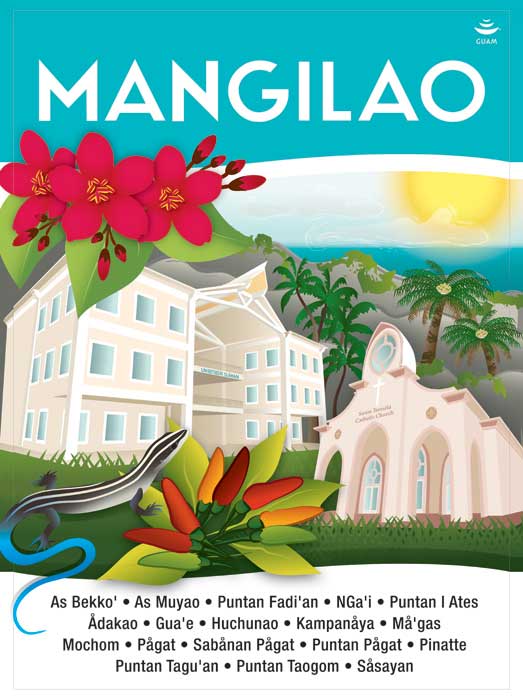
MANGILAO
Street Address:
105 Commissioner Way, Route 10
MONGMONG-TOTO-MAITE
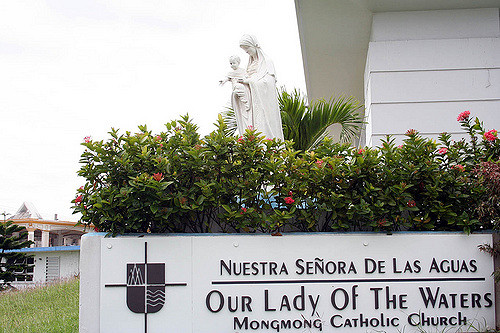
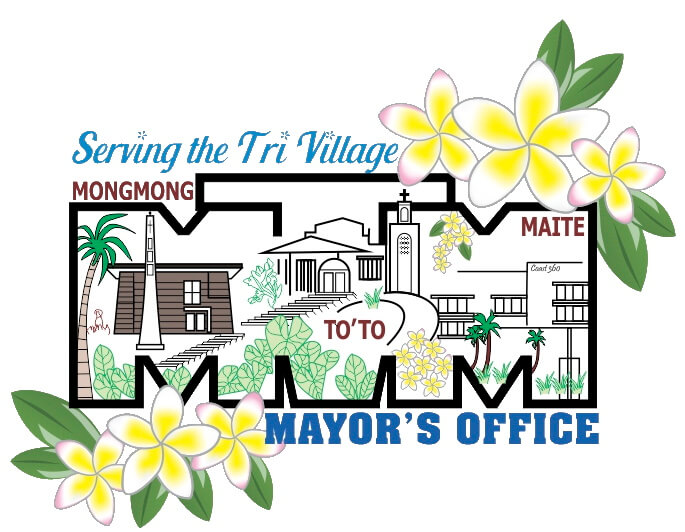
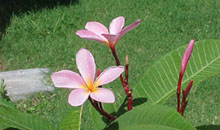
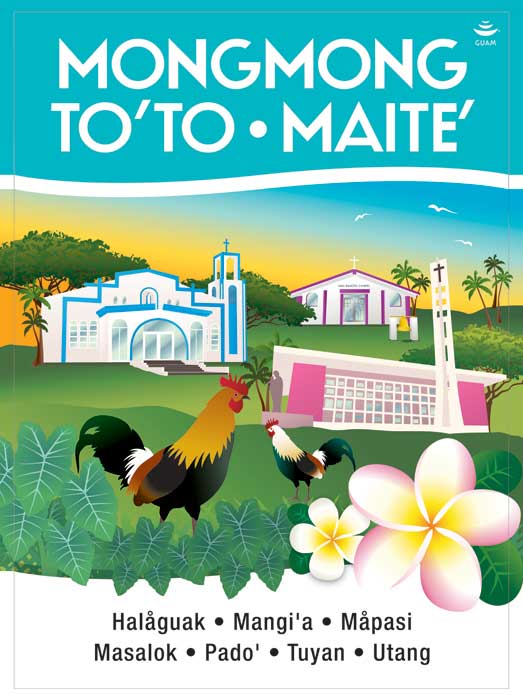
MONGMONG-TOTO-MAITE
Street Address:
Bldg. 226 Aragon Street, Toto
PITI

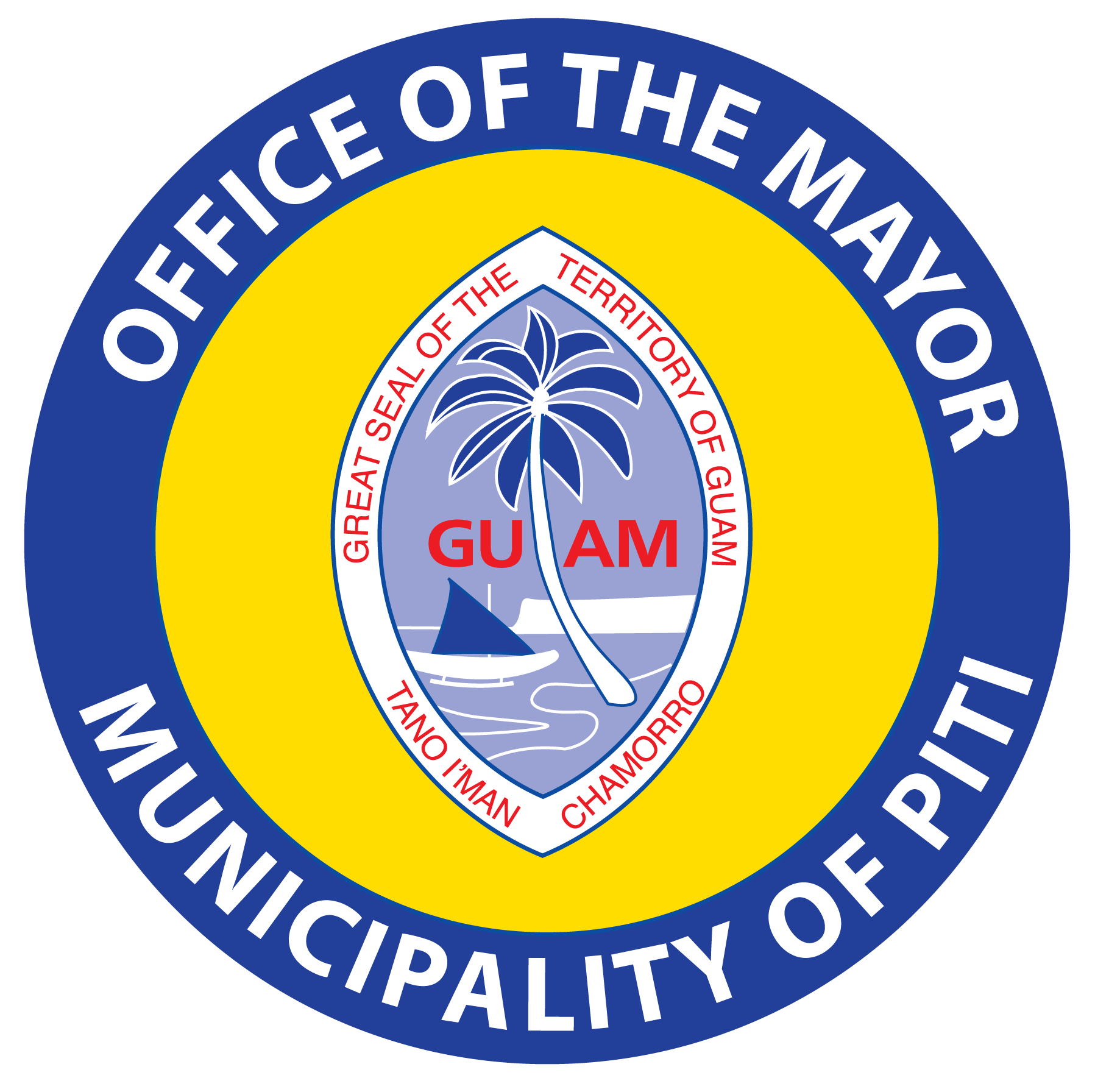
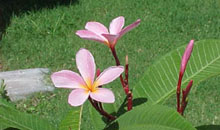
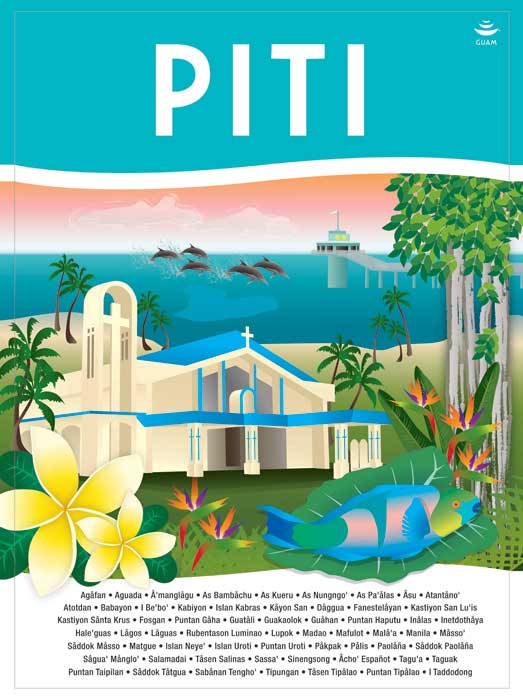
PITI
The village of Piti is also known as “The Port City”. This village derives its name from the word “puti”. “Puti” means pain either through a sore, disease, illness or through physical or emotional pain. Piti is approximately two miles in length and width. A number of historical sites are situated within the village.
Street Address:
260 Assumption Drive
SÅNTA RITA-SUMAI
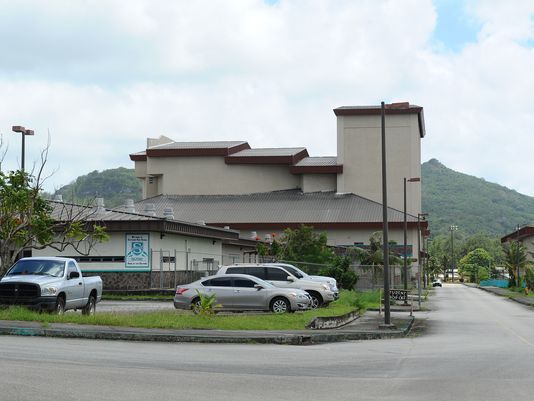
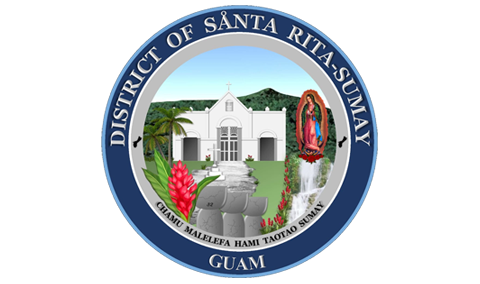
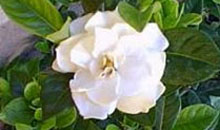
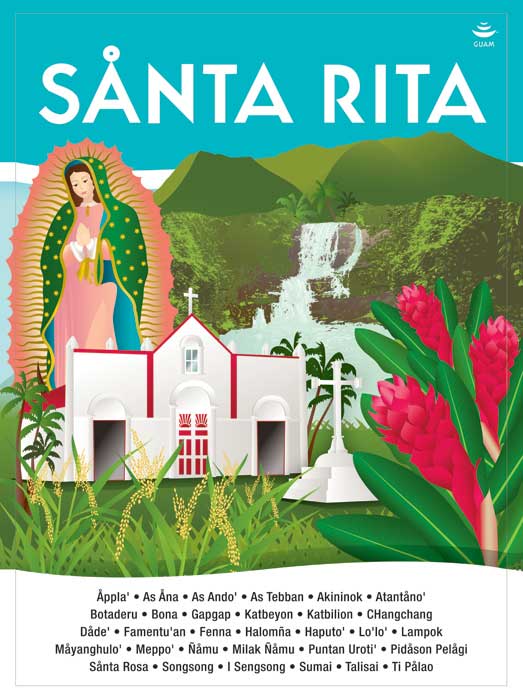
SÅNTA RITA-SUMAI
Street Address:
183 A.B. Won Pat Lane
SINAJANA
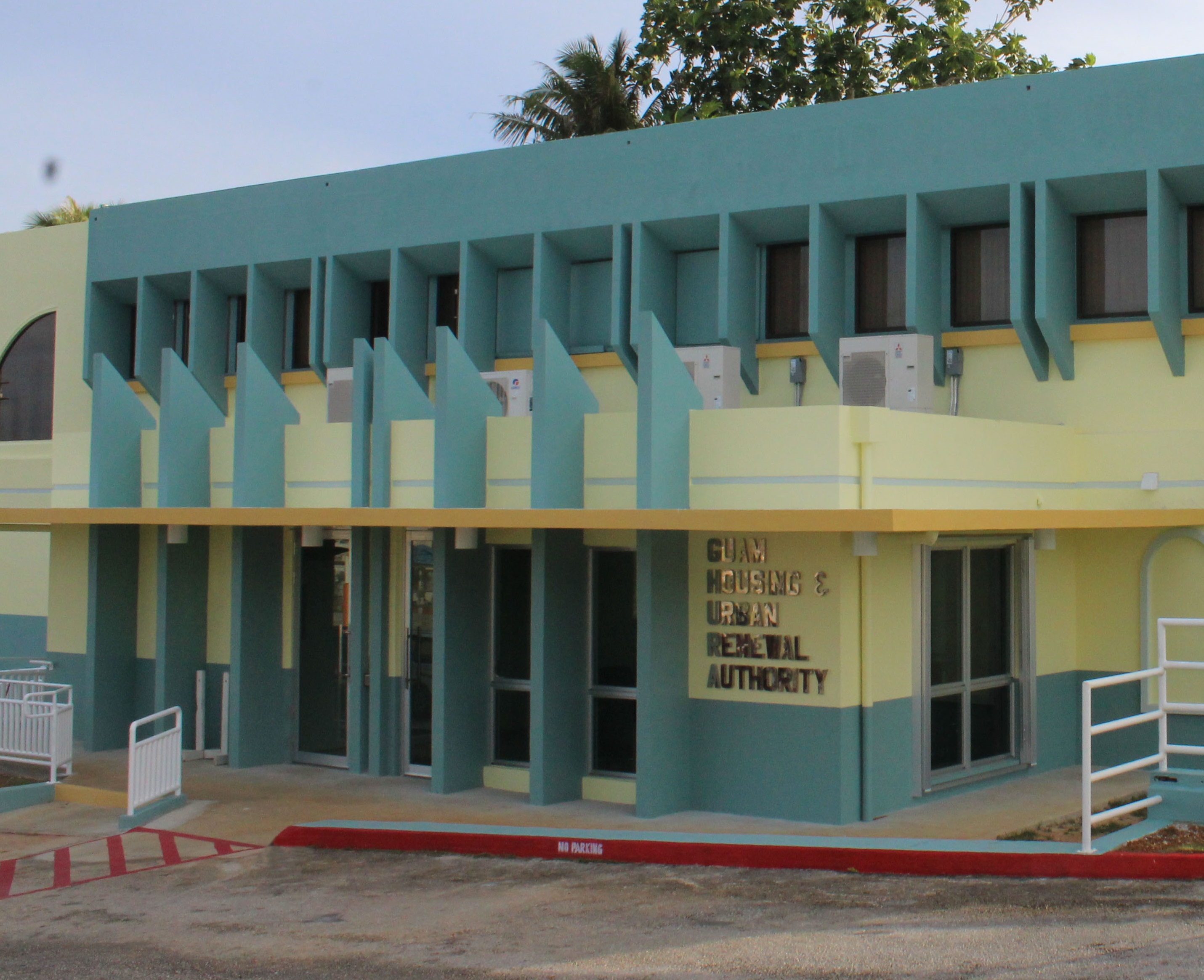
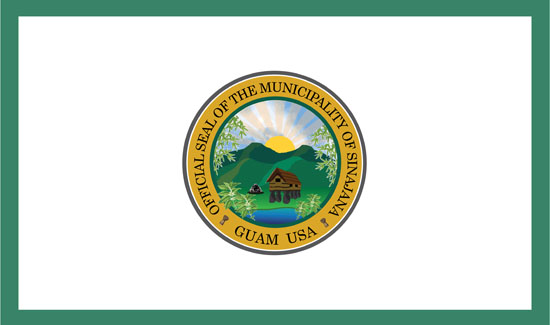
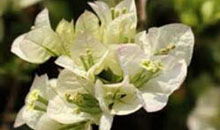
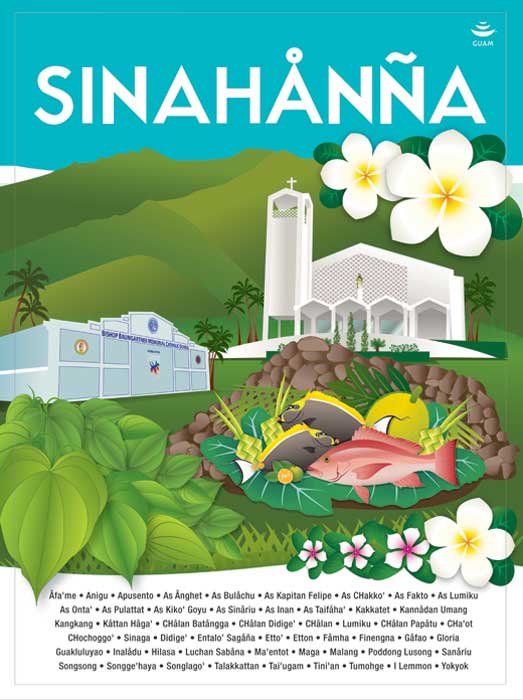
SINAJANA
Street Address:
117A Chalan Guma Yu’os
TALO’FO’FO’
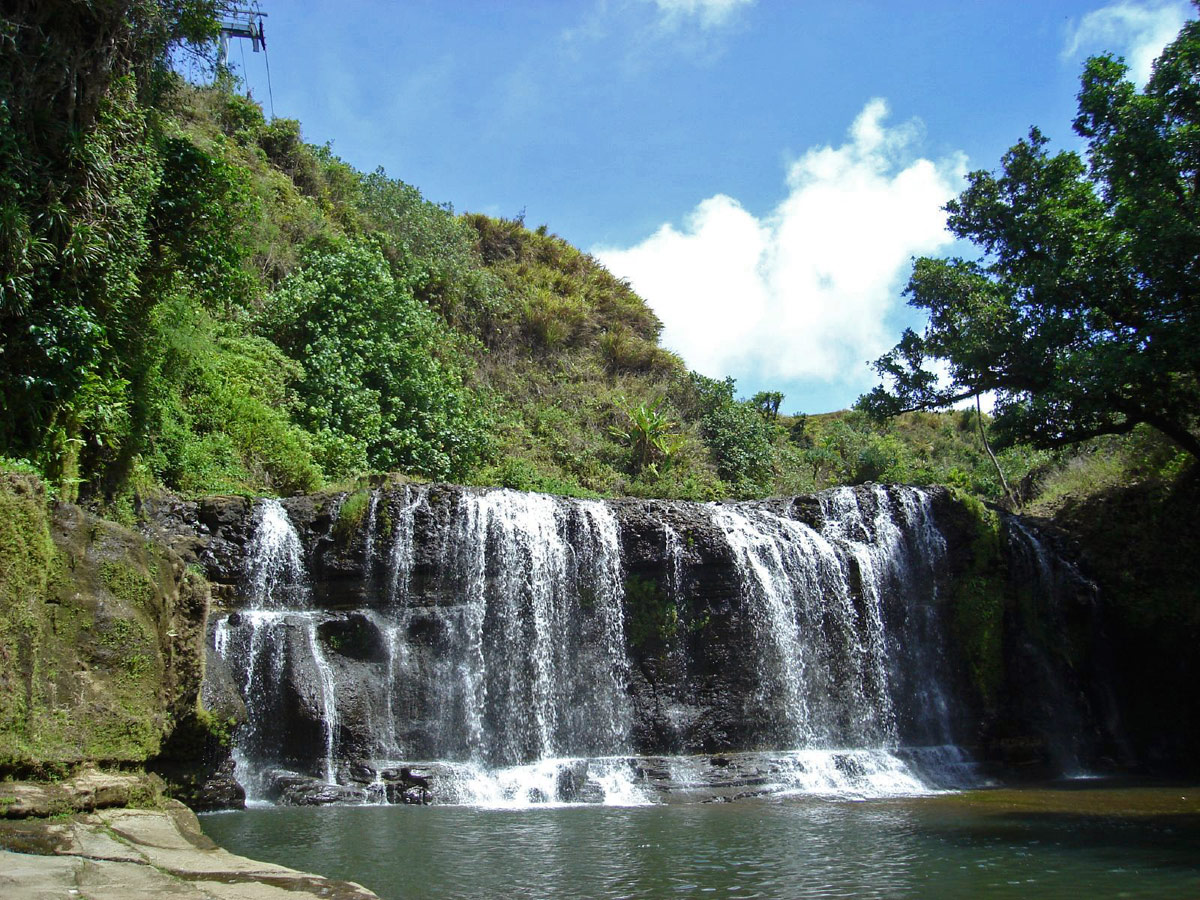
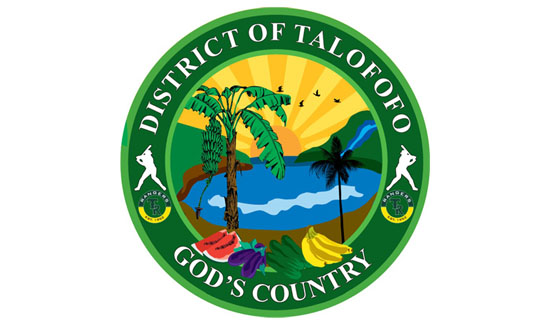
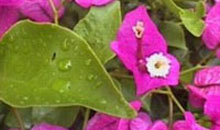
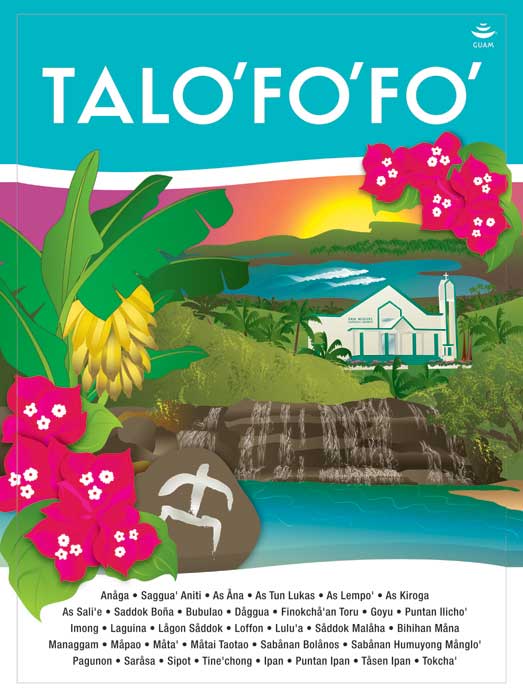
TALO’FO’FO’
Street Address:
184 North San Miguel Street
TAMUNING-TUMON-HARMON
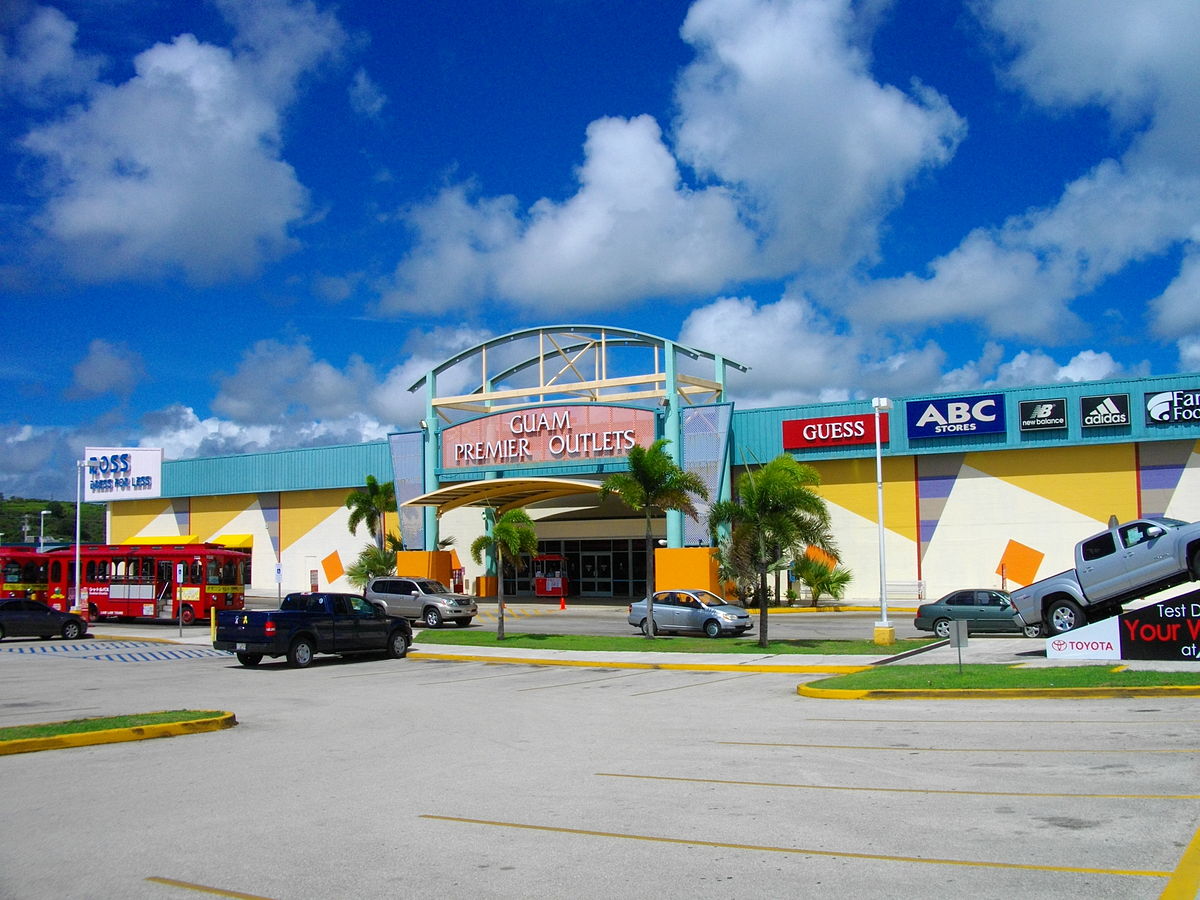
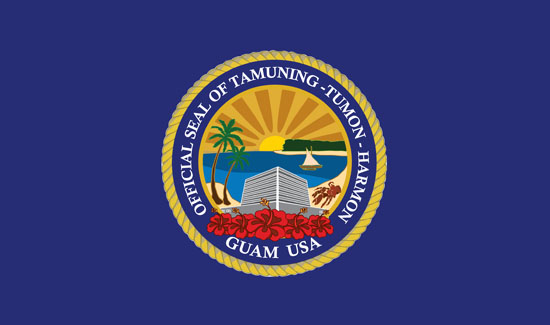
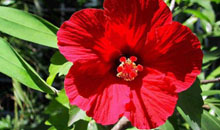
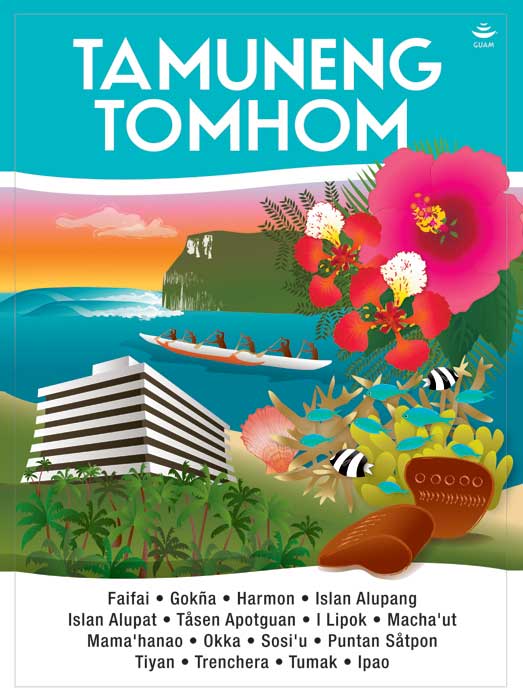
TAMUNING-TUMON-HARMON
Street Address:
120 Tun Jesus Crisostomo Street, Tamuning
YIGO

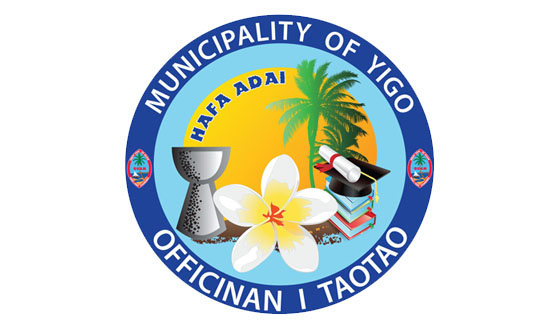
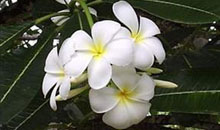
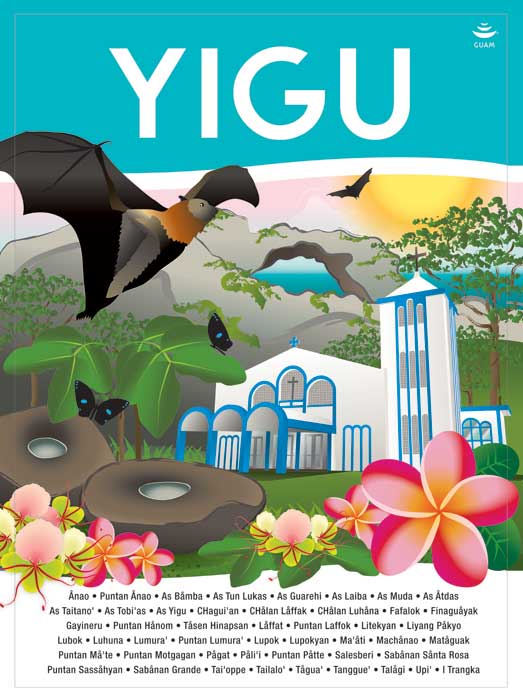
YIGO
Street Address:
Bldg. 274 Gayinero Drive
YONA
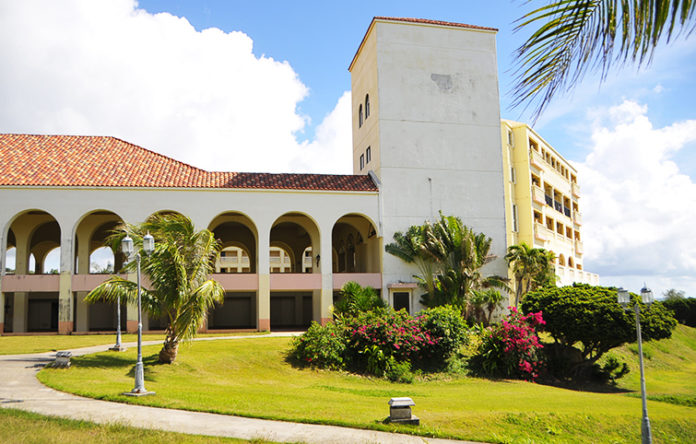
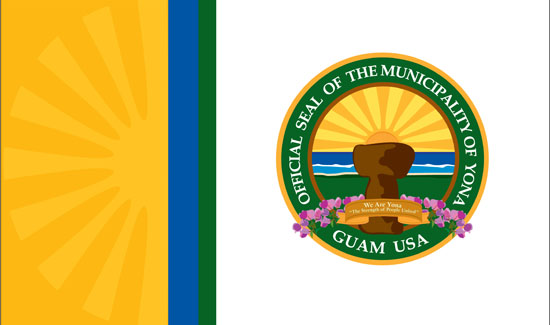
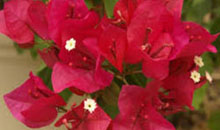
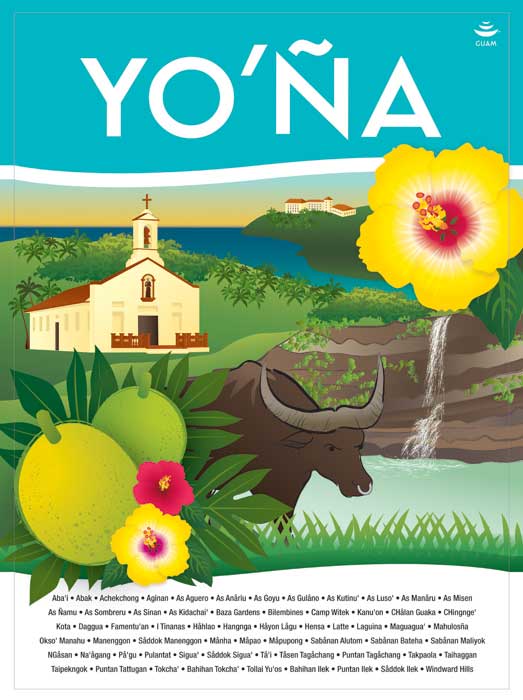
YONA
Street Address:
265 Sister Eucharita Drive

 Tools & Resources
Tools & Resources

